Florida History: The glory days of Jacksonville Beach
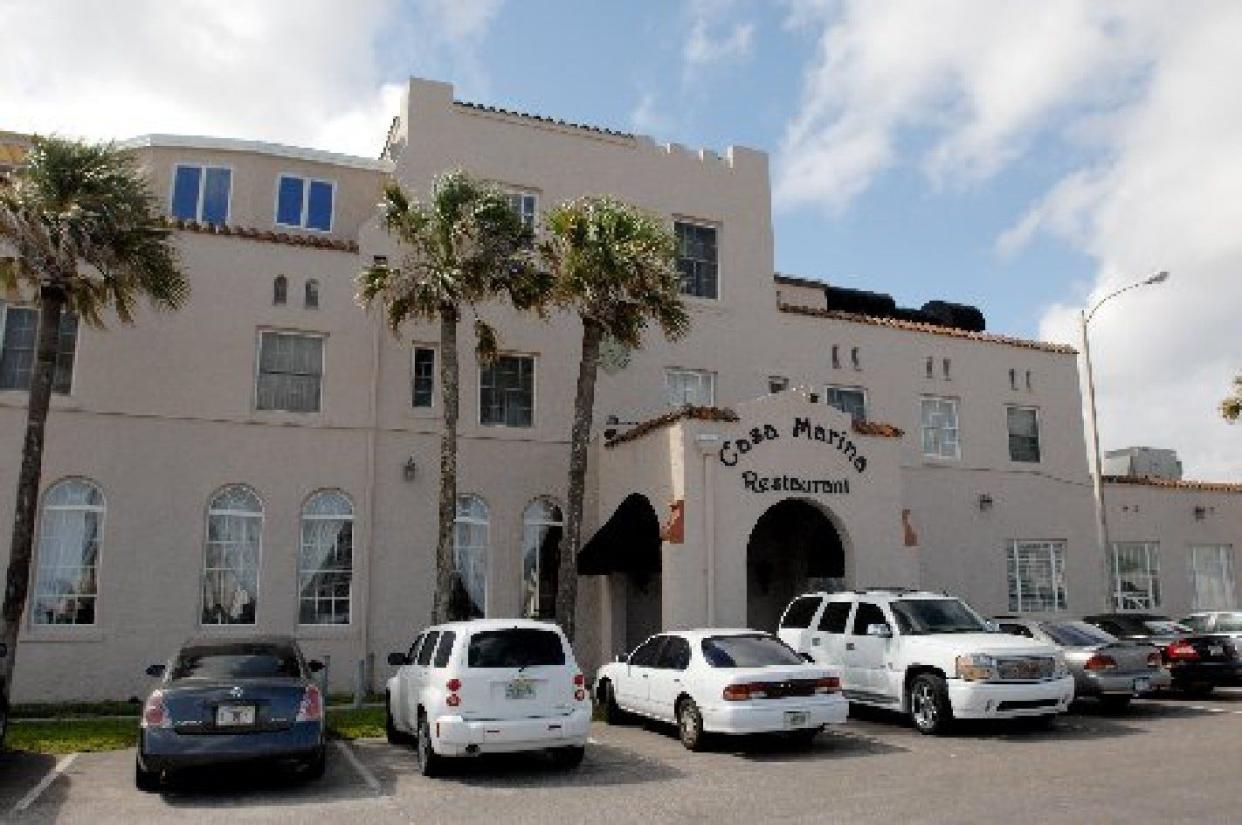
Well, here we are, after a quick dash across north Florida from coast to coast, face to face once more with the brisk, briny, Atlantic-ocean breezes.
Where are we? Jacksonville Beach, once the most popular beach resort in Florida.
Being the “Winter Film Capital of the World” in the silent-film era, Jacksonville and its beaches were hugely attractive to sun-seekers, including celebrities. Pablo Beach (as it was then called) had jazzed up its wide, white, warm sands with dance casinos and amusement rides and after the Casa Marina Hotel opened in 1925, everybody came, including, according to casamarinahotel.com, “the Duke and Duchess of Windsor, John D. Rockefeller, President Harry S. Truman and F.D.R…Jean Harlow and Al Capone.”
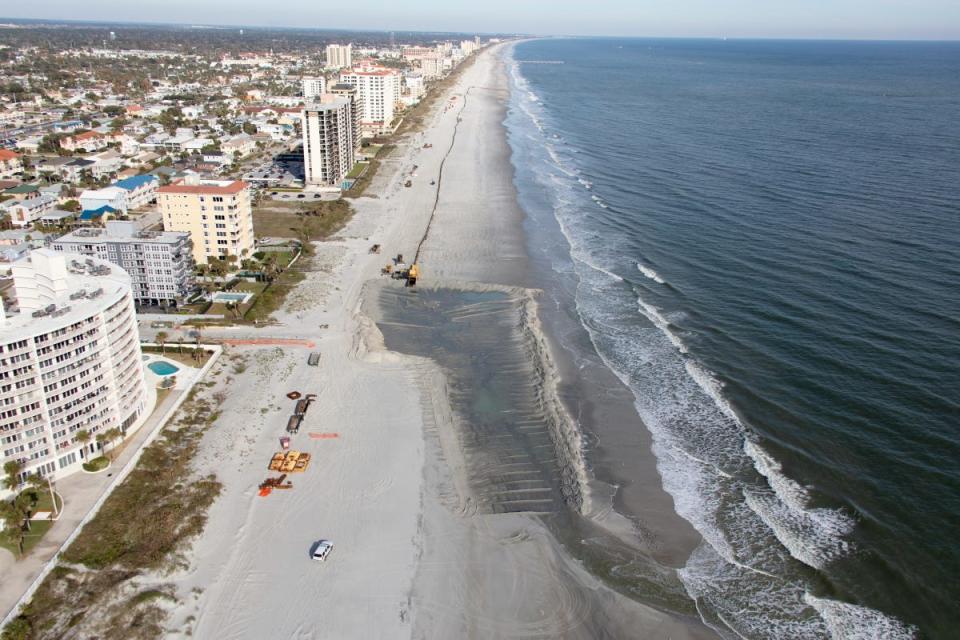
As if in mutual celebration of each other, on the day the “House by the Sea” opened, Pablo Beach received its new name, “Jacksonville Beach.”
Jacksonville Beach is one of what locals refer to as “the beaches,” with the others being, from north to south, Mayport, Atlantic Beach, Neptune Beach, and Ponte Vedra Beach. These beach communities are all on an island, unofficially called, “San Pablo Island.” This as-yet-unnamed island was originally a peninsula, separated from Jacksonville on the mainland by the San Pablo River. The construction of the intracoastal waterway in 1912 severed the peninsula from the mainland and voila, we had an island.
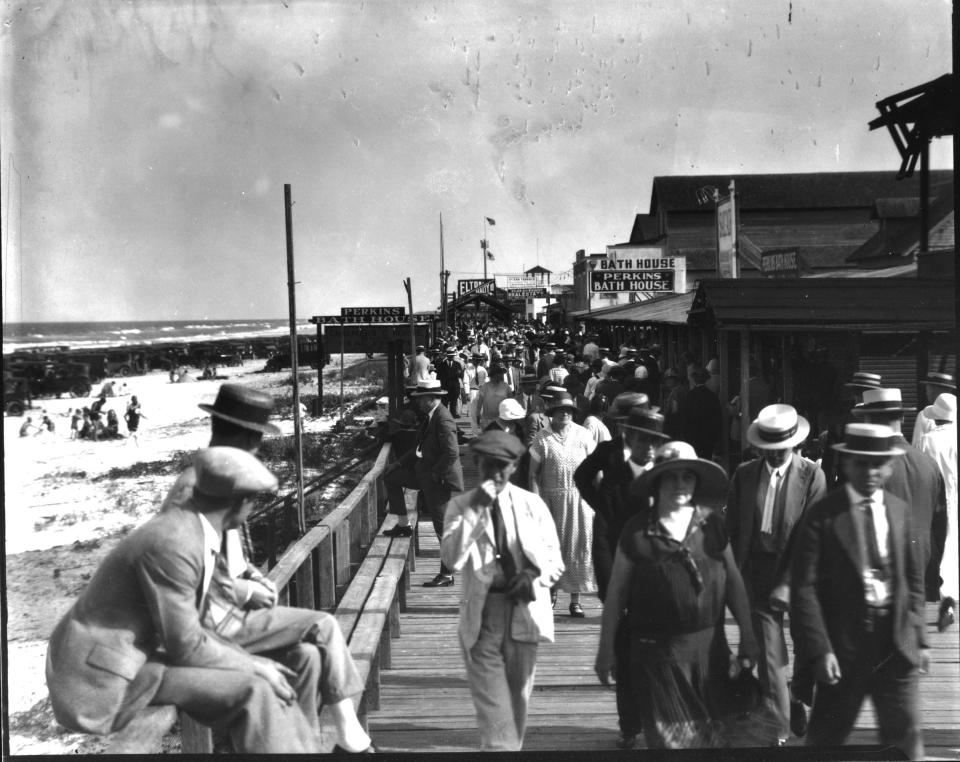
Believe it or not, until the 1880s, oceanfront real estate was not thought of as having potential as resort property. Resorts were at natural springs in the mountains, not along the busy industrial waterfronts of port cities. Finally, however, the realization slowly began to dawn that southern beaches were warm. And could be beautiful. And that people with money to spare might be inclined to spend their winters in the warmth of Florida rather than in the frigid Adirondacks, if provided with ease of access to luxurious accommodations.
This realization started the bells clanging within land and investment companies with all the noisy rigor of train cars coupling. And that’s when the Jacksonville and Atlantic Railway Company sent a civil engineer and surveyor to present-day Jacksonville Beach to begin work on a rail line from the city of Jacksonville to the beach on the peninsula. The surveyor took his wife with him, and they camped in a tent. A second tent served as the general store and post office of the settlement they named, “Ruby,” after their first-born daughter.
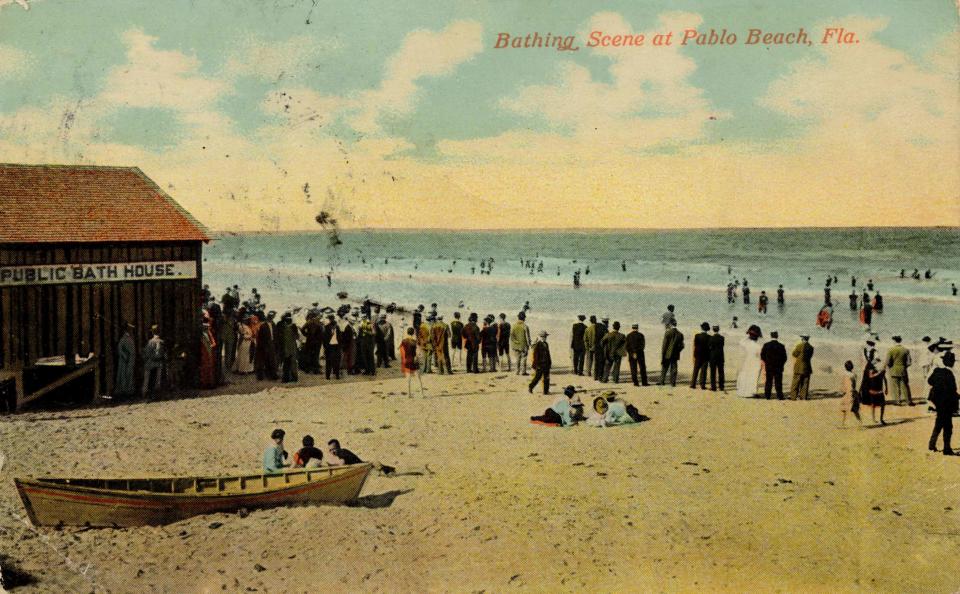
The railroad and depot were completed in 1885, the beach was officially named “Pablo Beach” the following year, and eager tourists, excited by the novelty of camping, turned the ocean strand into a tent city.
In 1905, Pablo Beach was energized with the creation of its first pavilion. Its builders envisioned the beach as another Coney Island and named it accordingly. Little Coney Island had dance casinos, a swimming pool, bowling alley, and roller skating rinks, and the beach resort was so popular that two years later, it was incorporated as Pablo Beach.
Twenty years later, Little Coney Island was razed, and the bigger and better Ocean View Pavilion went up. This amusement park had a roller coaster that eventually reached 93 feet in height, but 20 years of wear and the salty ocean air reduced it to a dangerous ride in a dilapidated pavilion. After World War II, when the sailors went home and the girls with them, the old 1925 Ocean View Pavilion went into decline and not long after, burned to the ground. In the 1950s, gambling was outlawed and the life of the Boardwalk, with its colorful, gaudy games of chance, died, also.
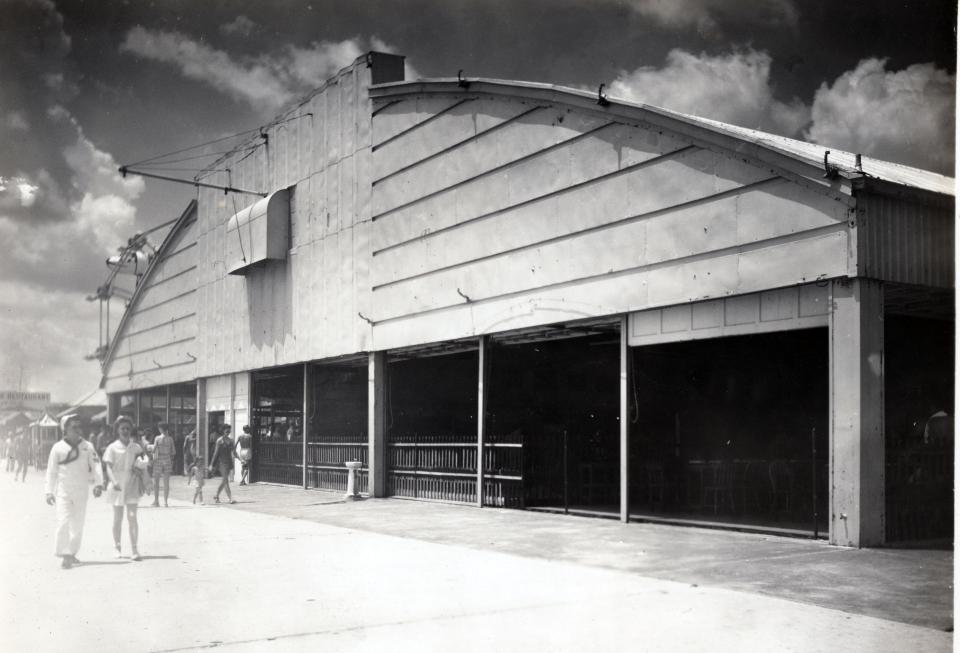
One thing from the raucous glory days of Jacksonville Beach remains, however—the Casa Marina Hotel.
Built in 1925, at the height of the Florida real estate boom, it was the jazz era’s jazziest place to go on “the beaches.” Movie stars bopped in and out, along with gangsters and presidents.
Constructed of stucco and concrete and equipped with a fire sprinkling system, it was advertised as fireproof, though it’s doubtful that its booze-soaked, cigarette-smoking clientele much cared.
World wars have a way of sobering even the young, however. During World War II, the U.S. government appropriated the Casa Marina Hotel to provide military housing for Officers Candidate School students. After the war, a succession of owners converted the old hotel to retail shops, apartments, etc., and you know the rest of the story. The run-down old building finally closed.
But with a facelift and some body enhancements— a veranda and third-story penthouse— she reopened in 1991. At the age today of nearly 100, she has reinvented herself as the Casa Marina Hotel & Restaurant. Each of her 23 bedrooms and parlor suites is individually decorated to represent the distinctive eras of the hotel’s history.
As Casa Marina is the only beach property left to us from Jacksonville’s brief era as the “Hollywood of the South,” it is protected today as one of the Historic Hotels of America.
Cynthia A. Williams (cwilliams1020@gmail.com)
This article originally appeared on Naples Daily News: Florida History: The glory days of Jacksonville Beach

